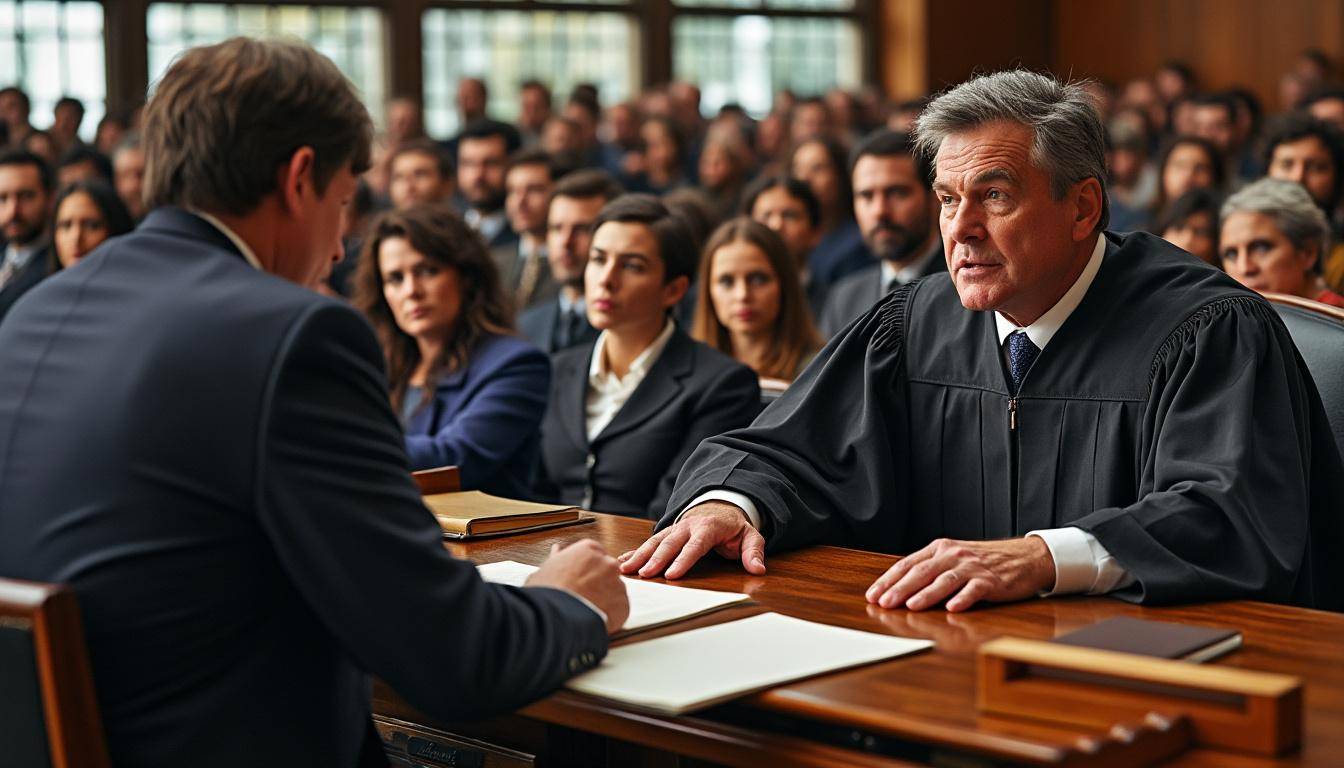The 2025 Supreme Court ruling in Medical Marijuana, Inc. v. Horn has fundamentally reshaped the landscape for personal injury claims intersecting with the federal RICO statute. By a narrow 5–4 majority, the Court clarified that plaintiffs suffering economic loss flowing directly from a personal injury can now pursue legal claims under RICO for related business and property damages. This marks a significant evolution in litigation strategies for attorneys working in spheres like pharmaceuticals, consumer products, and medical devices, where financial harm often shadows physical injury. Understanding this ruling is pivotal for victims seeking adequate compensation while preparing for the complexities of navigating federal civil RICO actions.
Understanding the Supreme Court’s Expansion of RICO for Personal Injury Cases
The Supreme Court’s decision breaks from prior interpretations that barred RICO claims whenever the chain of harm began with a personal injury. At the heart of the ruling is the distinction between the origin of injury and the type of harm suffered. Justice Amy Coney Barrett, writing for the majority, emphasized that RICO’s language protects businesses and property harmed economically, regardless of whether that harm stemmed from an initial physical injury.
This pivotal case arose from the experience of Douglas Horn, a commercial trucker who used a CBD product falsely advertised as THC-free. After testing positive for THC, he lost his job and argued the manufacturer engaged in fraudulent conduct amounting to a pattern of racketeering activity under RICO. Although lower courts dismissed his claim citing personal injury exclusions, the Supreme Court reinstated the possibility for recovery tied to his economic loss.
- Clarification of “injury”: Recognizing “injury” as harm or damage in the common sense, not limited by tort law exclusions.
- Economic loss eligibility: Recovery for business and property damages deriving from personal injury is now permissible.
- Distinction upheld: Personal pain and suffering damages remain excluded from RICO.
For further details on how this ruling applies in practice, legal professionals can consult resources such as Court Injury’s analysis.
Key Legal Parameters Remaining Post-Ruling
Despite expanding claims eligible under RICO, the Supreme Court maintained essential statutory safeguards that lawyers must carefully navigate:
- Direct causation requirement: Plaintiffs must demonstrate a proximate cause linking racketeering acts directly to economic losses.
- Pattern of racketeering: At least two related racketeering acts must form a continuous pattern; isolated deceptive acts won’t suffice.
- Business and property definition: Courts have not yet fully defined what constitutes eligible “business” or “property” injuries, particularly regarding employment and medical expenses.
Understanding these nuances is critical for both plaintiffs and defense teams alike to anticipate litigation trajectories and settlement dynamics.
Practical Implications for Litigation and Insurance in Personal Injury Claims
This ruling is particularly consequential in sectors where negligence leads to complex economic fallout beyond physical harm. Law firms specializing in personal injury now have enhanced grounds to pursue federal civil RICO claims, combining claims for both injury and financial detriment.
- Pharmaceutical and medical device industries: These sectors face increased exposure due to potential combined personal injury and economic loss claims.
- Consumer product manufacturers: False advertising or misrepresentations can trigger RICO suits if sustained deception causes economic damage.
- Insurance considerations: Insurers must evaluate heightened risks of treble damages and reputational harm from racketeering allegations layered on top of traditional claims.
Corporate defendants and insurers are urged to adapt their risk assessment and litigation strategies promptly, leveraging early dispositive motions to counter expansive claims.
More insights are available at Court Injury’s Supreme Court ruling overview.
Strategic Shifts for Attorneys Managing RICO Personal Injury Cases
With the changing jurisprudence, attorneys must refine their approach:
- Plaintiff lawyers: Carefully select matters meeting stringent RICO elements including pattern and proximate cause.
- Defense counsel: Prioritize early motions to dismiss and challenge overbroad definitions of “business” and “property” injuries.
- Litigation planning: Prepare for expanded discovery, higher stakes, and potential tripled damage exposures.
This nuanced legal environment demands laser-focused advocacy and sharp risk management to balance aggressive claims with effective defenses.
Balancing the Original Intent and Modern Use of RICO in Personal Injury
Originally crafted as a tool against organized crime, RICO’s civil application has increasingly permeated commercial and personal injury litigation. The Court’s ruling, while not revolutionary, reflects a gradual expansion that underscores tension between the statute’s crime-fighting origins and its modern regulatory role.
- Historical purpose: Targeting mafia and systemic corrupt enterprises.
- Current trajectory: Broader incorporation of business harms linked to personal and tort injuries.
- Judicial restraint: Supreme Court defers comprehensive limits to Congress, signaling legislative action as the ultimate remedy.
Given the political environment, comprehensive legislative overhaul seems unlikely in the near future, leaving courts and legal practitioners to adapt incrementally to these evolving boundaries.
Frequently Asked Questions About RICO Claims Stemming from Personal Injury
- Q: Does this ruling allow recovery for personal pain and suffering under RICO?
A: No. The Court clearly distinguishes physical or emotional pain from recoverable economic harm to business or property. - Q: Can lost wages be claimed as a property injury under RICO?
A: The Court left this question open, and it varies by jurisdiction. Legal counsel should evaluate on a case-by-case basis. - Q: What constitutes a “pattern” of racketeering for RICO claims?
A: At least two related predicate acts must demonstrate continuity and relatedness to qualify as a pattern. - Q: How does this decision affect insurance coverage?
A: Insurers may face increased claims severity given treble damages and heightened reputational risks associated with RICO litigation. - Q: Should plaintiffs’ attorneys file RICO claims automatically with every personal injury case now?
A: No. RICO claims require meeting strict statutory elements; not every personal injury economic loss qualifies.
